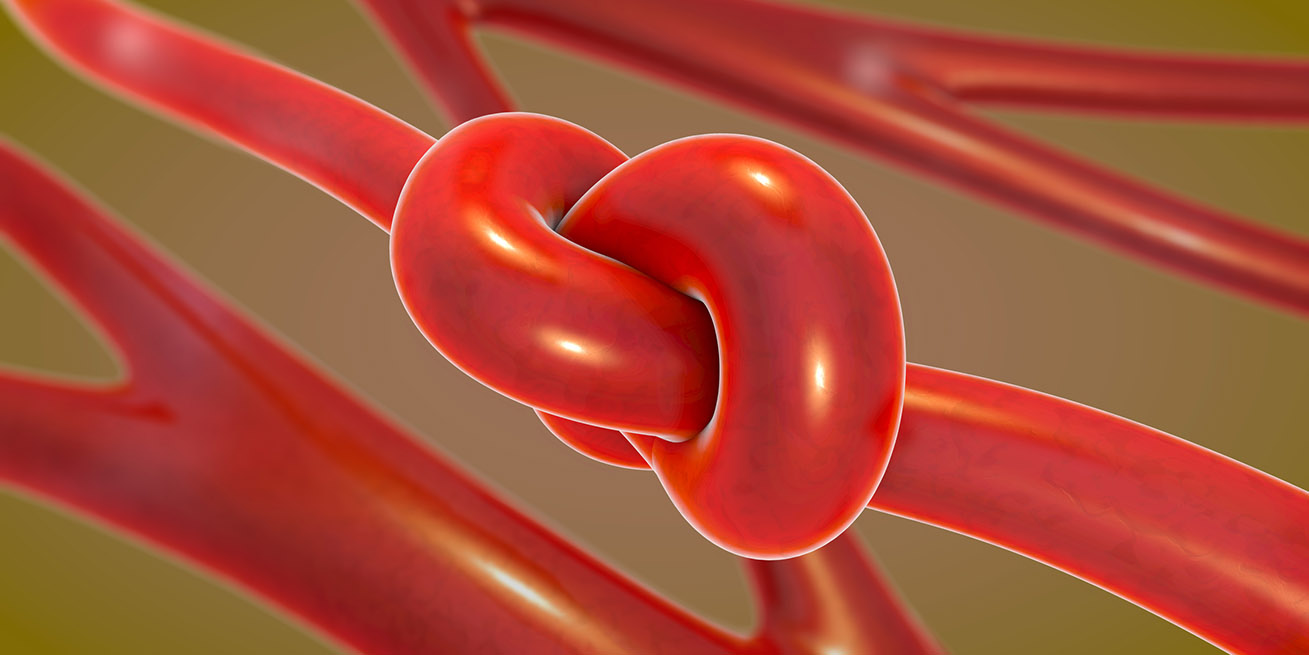Australia’s first guidelines for the management of venous thromboembolism emphasise the role of imaging in diagnosis and DOACs in treatment
Australia’s first guidelines for the management of venous thromboembolism (VTE) emphasise the role of imaging in diagnosis and DOACs in treatment.
All patients presenting with symptoms suggestive of a pulmonary embolus should be systematically assessed, and if the diagnosis cannot be definitively ruled out they should undergo appropriate imaging to confirm the diagnosis, says Associate Professor Huyen Tran, a haematologist at Alfred Health and Monash University in Melbourne who authored the guidelines.
It is recommended clinicians use the Wells or Geneva score, combined with a negative D-dimer result, to rule out VTE, the guidelines say.
If VTE can’t be ruled out, order an ultrasound to confirm a diagnosis of DVT and CT pulmonary angiogram to confirm a diagnosis of PE.
“We need to be systematic about how we go to confirm or rule out the diagnosis,” Professor Tran said.
It’s hard to correctly diagnose VTE from patient history alone because the symptoms are non-specific. But around 80% of patients with clinically suspected VTE don’t get the diagnosis objectively confirmed, according to the guidelines.
The patients who were most at-risk of VTE were those who had recently been discharged from hospital, had recently undergone surgery, or had sustained an injury, which had left them immobilised.
“Everyone talks about air travel but in reality, it’s not such a huge risk factor,” Professor Tran said.
Once you had established the diagnosis of DVT or PE, take a look at the guidelines for details on how long to prescribe DOACs, he advised. “Unless there is a good reason, you don’t need to be using warfarin anymore,” he said.
According to the guidelines, the duration of anticoagulation was determined by the type of VTE, the trigger event, and whether that event was transient or persistent.
For instance, distal DVT that was provoked by factors such as major surgery requires DOAC treatment for six weeks, whereas proximal DVT or PE caused by major surgery or trauma that was no longer present requires DOAC therapy for three months.
The release of the VTE guidelines coincides with the addition of rivaroxaban 10mg to the PBS for extended prevention of VTE.
Patients with VTE are usually prescribed anticoagulants for a few months, but some patients require extended therapy to prevent VTE recurrence.
The results of the EINSTEIN CHOICE study, published in The New England Journal of Medicine in January, showed that daily rivaroxaban was superior at reducing recurrence when compared with daily aspirin in patients who had previously completed six to 12 months of anticoagulation therapy, without a significant increase in bleeding.
MJA 2019, 18 March


